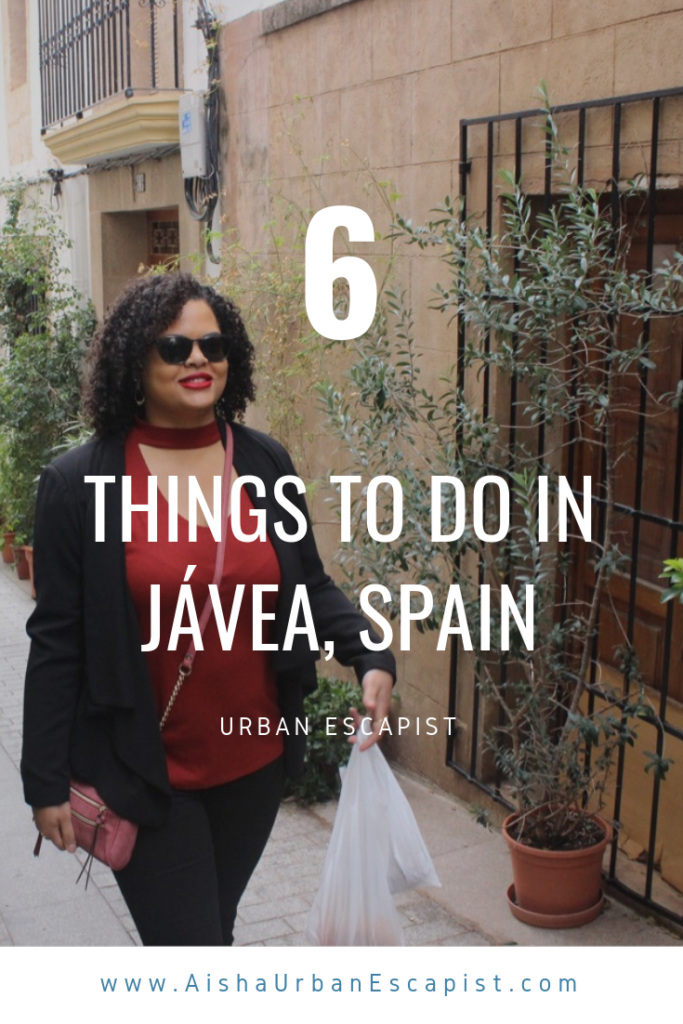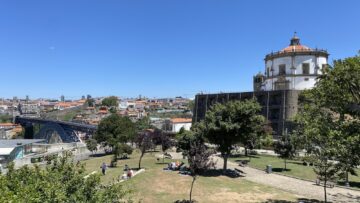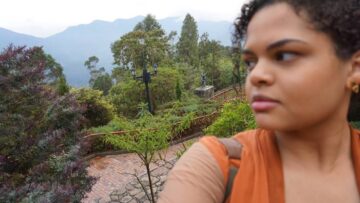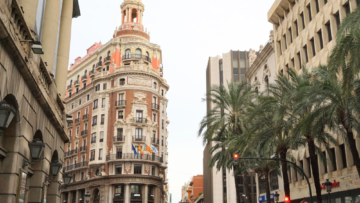Header photo by Assefash Makonnen
I stayed in Jávea, Spain for 5 days and 4 nights for the inaugural Las Morenas de España (LMDES) Getaway. (Read more about my LMDES Getaway experience here.) Jávea, or Xábia in Valencian, is a small town in the Alicante province and part of the Costa Blanca, which runs up the Mediterranean coast of Spain. Half of residents in this seaside resort town are foreigners and two-thirds of its annual visitors are foreigners, which is no surprise due to the amazing views that make this a great vacation/relaxation/retirement spot anyone would love. I’ve listed 6 must-do activities that everyone should experience when visiting Jávea.
6 Things To Do In Jávea, Spain
1. Eat seafood
As a seafood lover, but a picky seafood lover, Jávea is the perfect place to eat out. Situated right on the Mediterranean coast, you can imagine how fresh the seafood is and the variety of options available. I even developed an obsession with the canned marinated mussels, mejillones en escabeche, often served on a bed of potato chips and sprinkled with salt, pepper, and lemon juice. It sounds unimpressive, but you have to try it to understand how good it is.
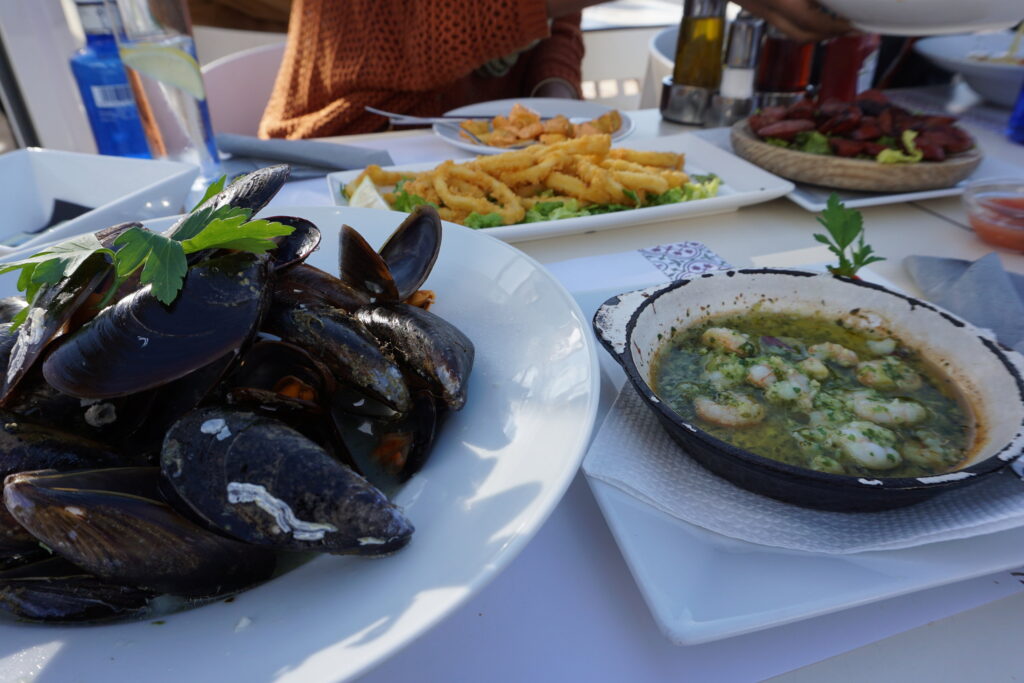

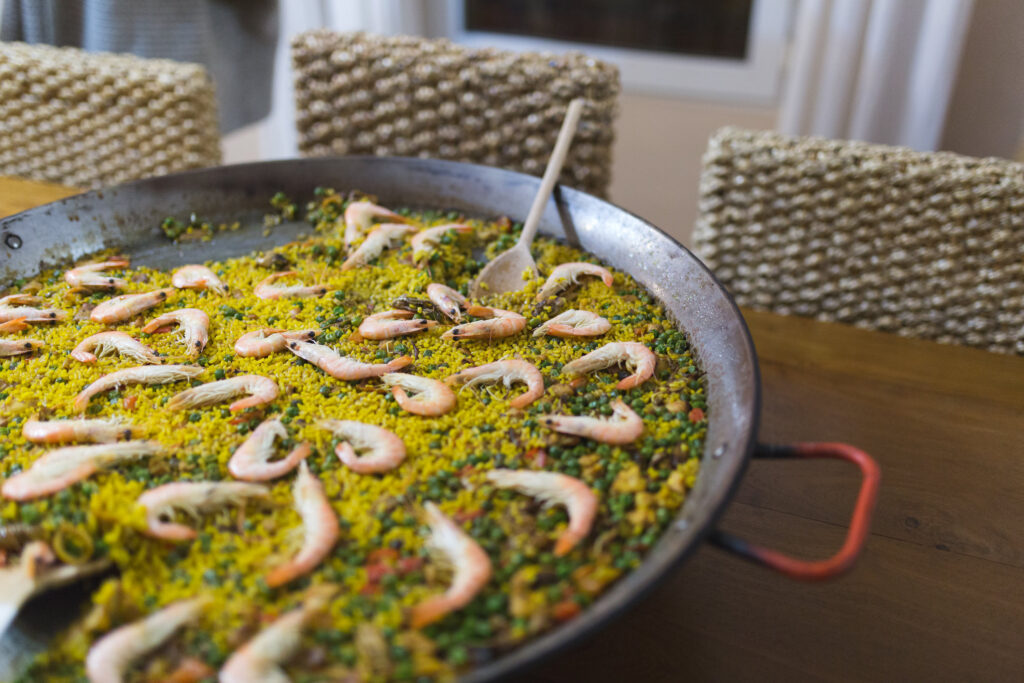
2. Watch the sunrise and sunset
I’m usually not a “wake up early for the sunrise” person, but I’m glad I got up early for this one. We walked to the end of Arenal Beach (Platja de l’Arenal) and sat on some rocks for a good view of the sun rising from behind the mountains in shades of red, orange, yellow, and pink.
Later, I watched the sun set after eating dinner at La Siesta, a beautiful outdoor restaurant that sits right on a rocky beach north of the sandy Arenal Beach. (La Siesta is another must-visit place in Jávea.) This was my all-time favorite sunset, with shades of pink and purple reflecting on the teal and crystal blue water.
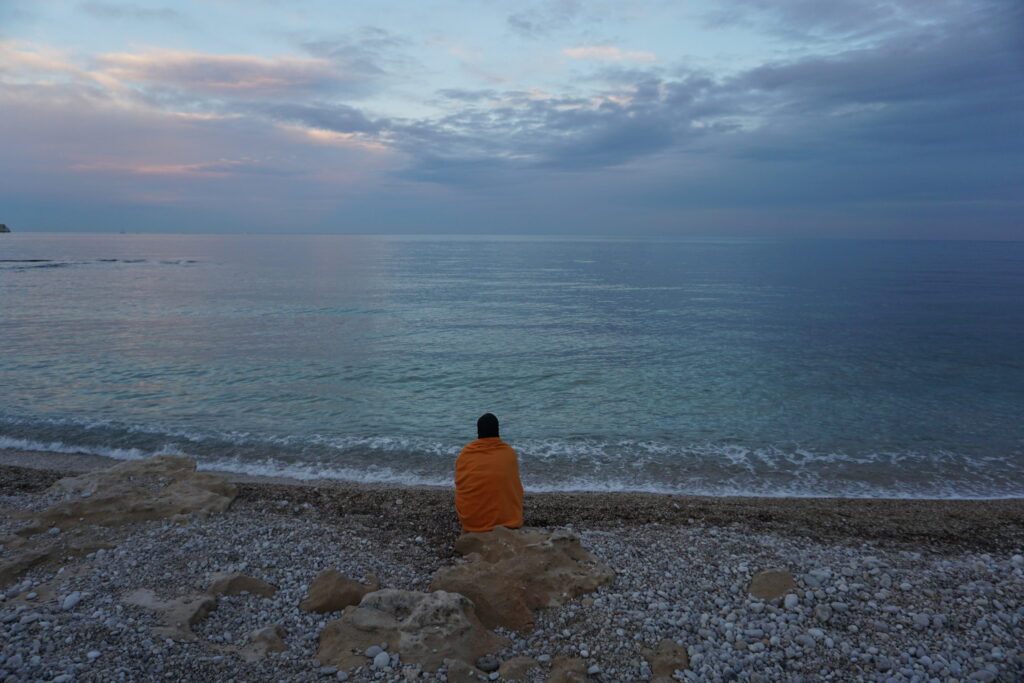



3. Walk through downtown Jávea
Downtown Jávea is just as nice as the oceanfront and not far from it. Downtown was about a 20-minute walk from Arenal Beach, or a very quick taxi ride. It’s the perfect place for exploring quaint shops, narrow streets and alleyways with a lot of character, and learning about the town’s history. On one tiny residential street, people were hanging Christmas stockings between the buildings, each with the name of one of the street’s residents.
Jávea’s Old Town used to be walled in to protect from pirates that sailed the coast. Outside of the 14th century-era church of Sant Bartomeu in the center of town is a small market with no more than eight vendors selling things like candles, loose teas labeled according to the health issues they address, salted cod, and a variety of flavored olives. There is a lot of history in this small area and it’s worth taking the time to pay attention to it as you walk through town.
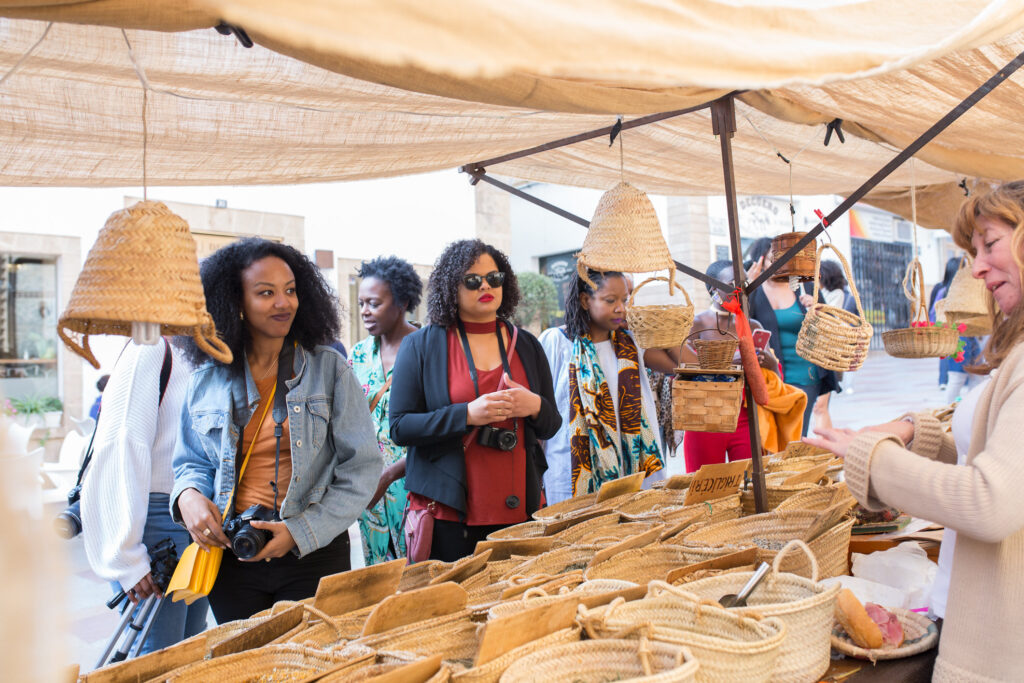

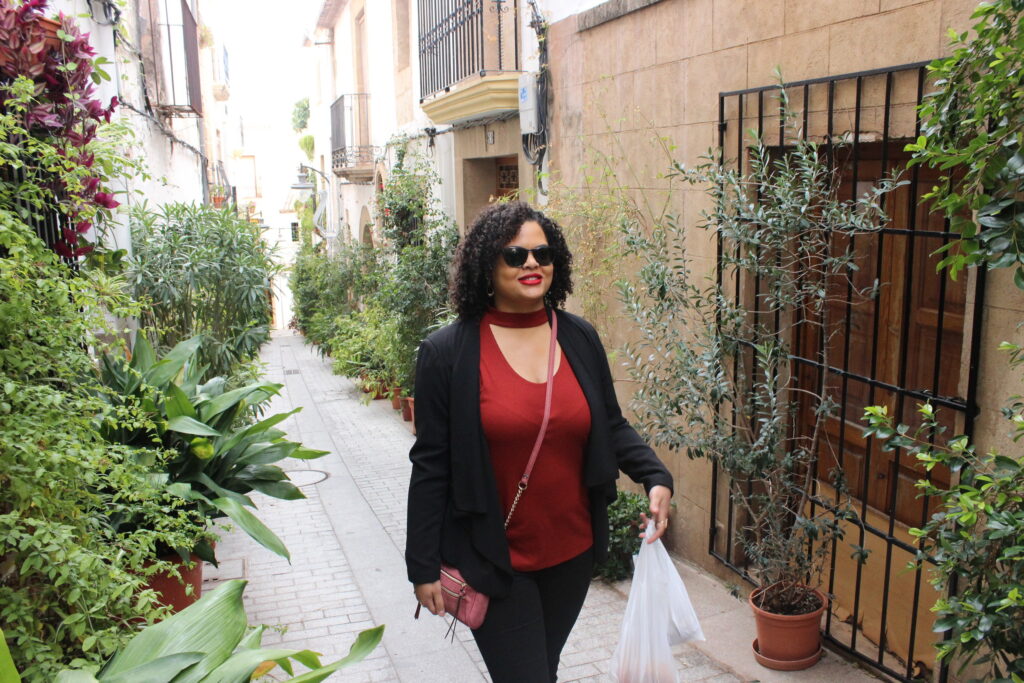
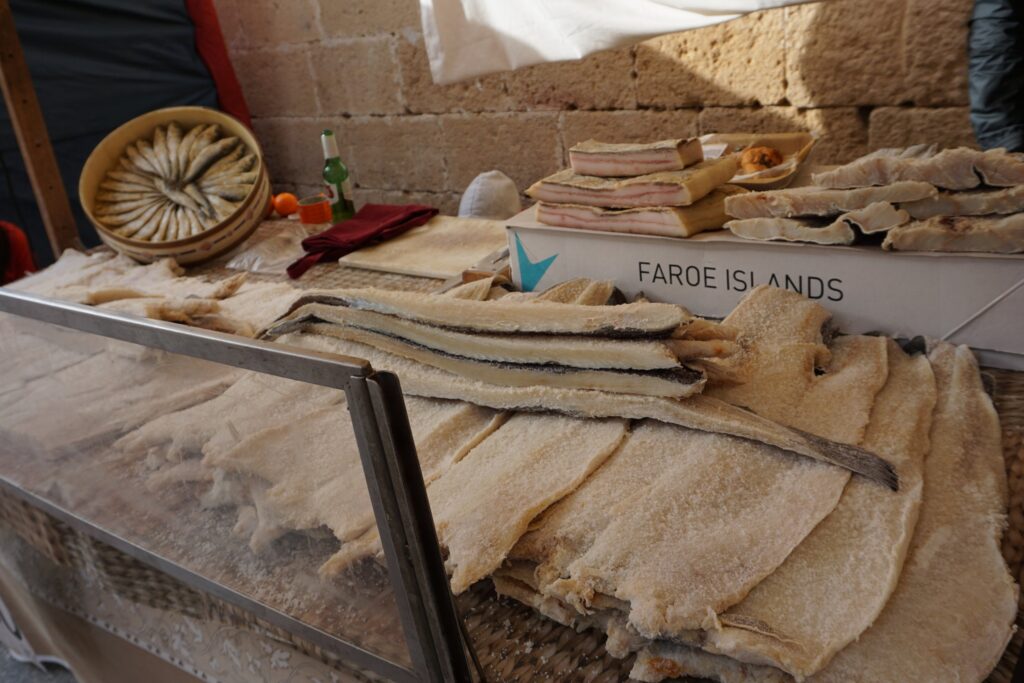
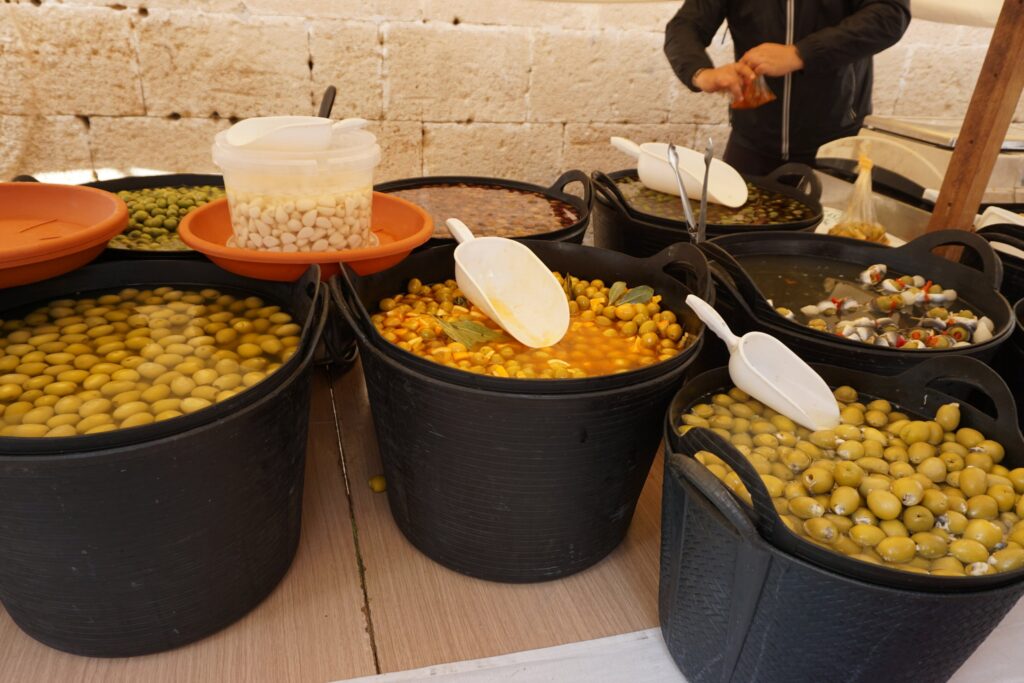
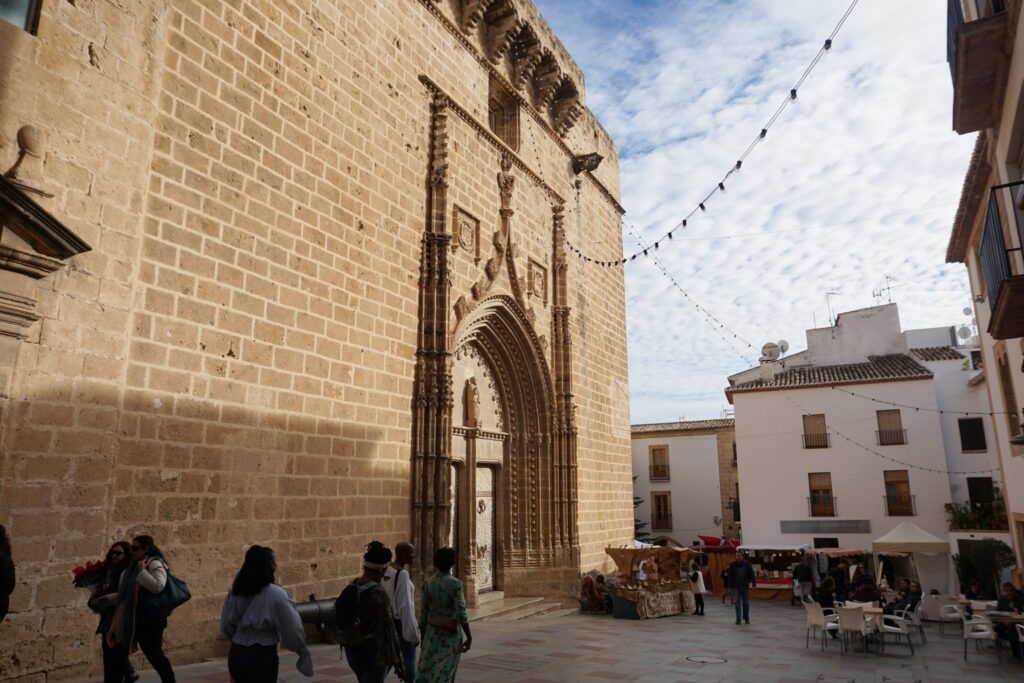
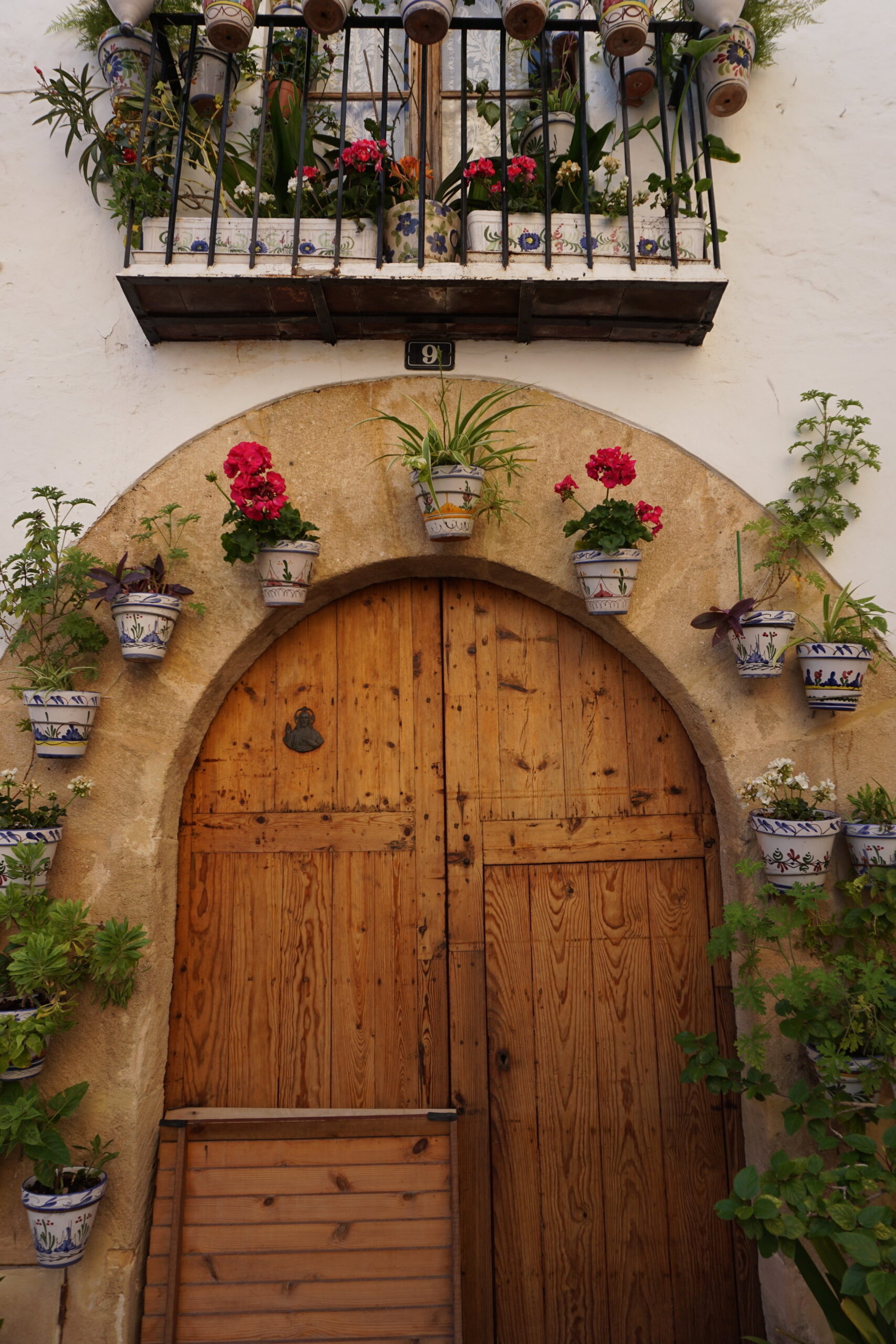
4. Nightlife
Jávea’s nightlife is centered in Arenal where bars and restaurants during the day turn into nightclubs playing house music, pop, salsa, merengue, bachata, and reggaeton at night, depending on where you go. I saw a mix of people – some dressed up, some dressed down, and being a very international town, people of different nationalities. Things start pretty late in Spain so be ready for a long, but fun night.
5. Go hiking
Jávea has a few different hiking options, including five official trails ranging from easy scenic walks to a 10-mile hike to the top of the mountain of Montgó. Guides are available through the Tourist Office, but guests are also free to explore on their own.
6. Go to the beach
If you visit Jávea in the winter like I did, you may not end up swimming in the ocean, but that doesn’t mean you can’t enjoy it. In December, the weather on a typical day was in the mid-60’s to 70’s Fahrenheit with bright sunshine. That may be too cold to swim, but perfect for jogging in the sand at Arenal Beach (the only sandy beach in the area), walking along the boardwalk, or exploring the rocky beaches without the bothersome summer crowds.



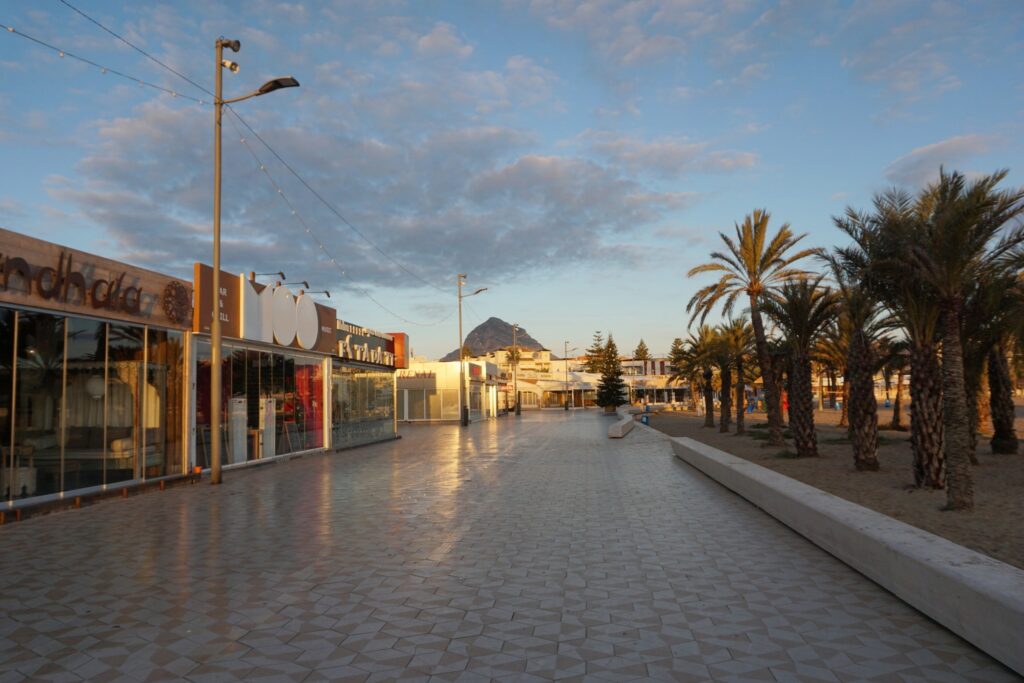

If you liked this, check these out:
Teaching English in Spain with NALCAP: Everything You Need to Know
Essential Alicante, Spain: 8 Things to Do & See
Beyond Porto: A Complete Guide to Northern Portugal
Pin it for later:
